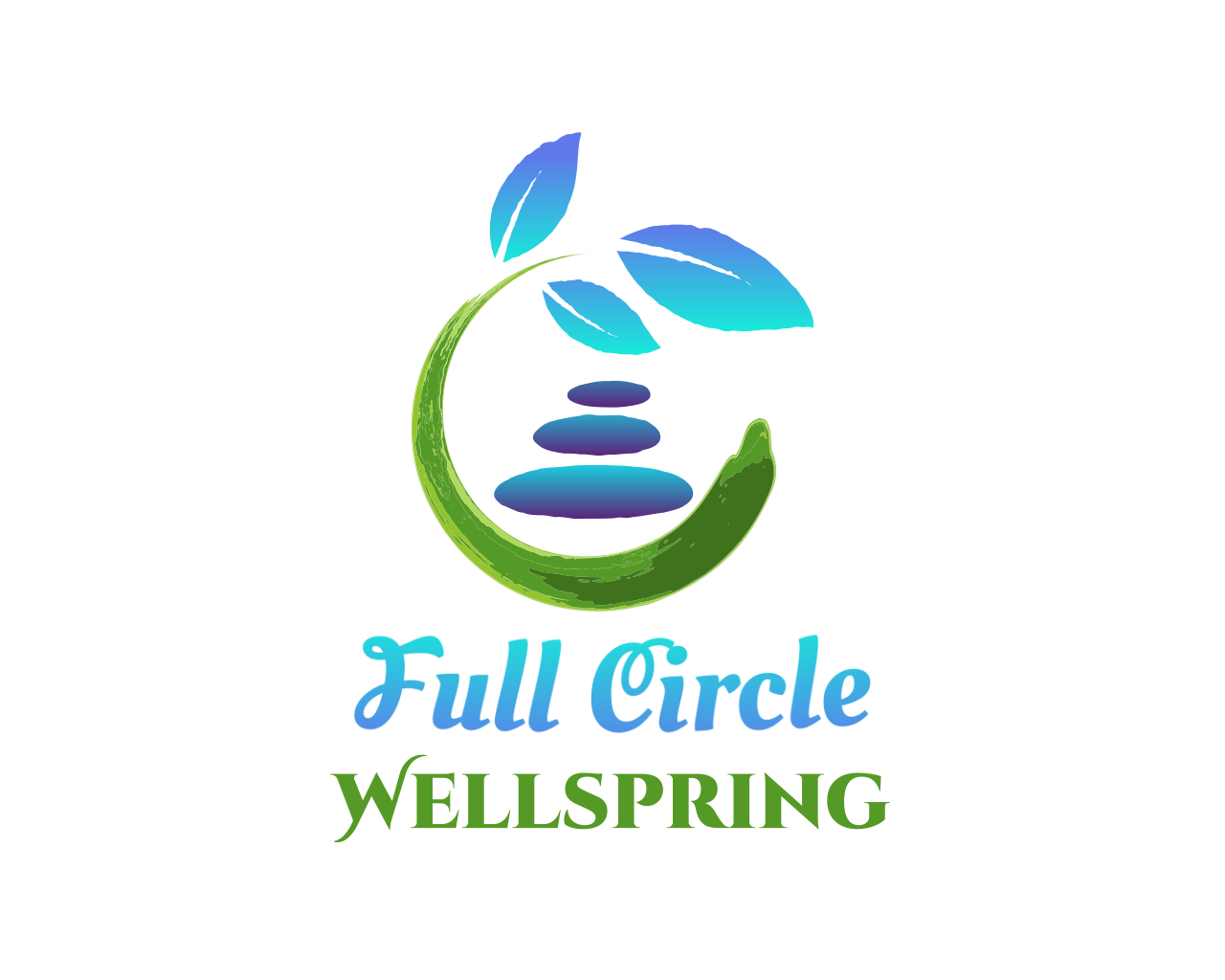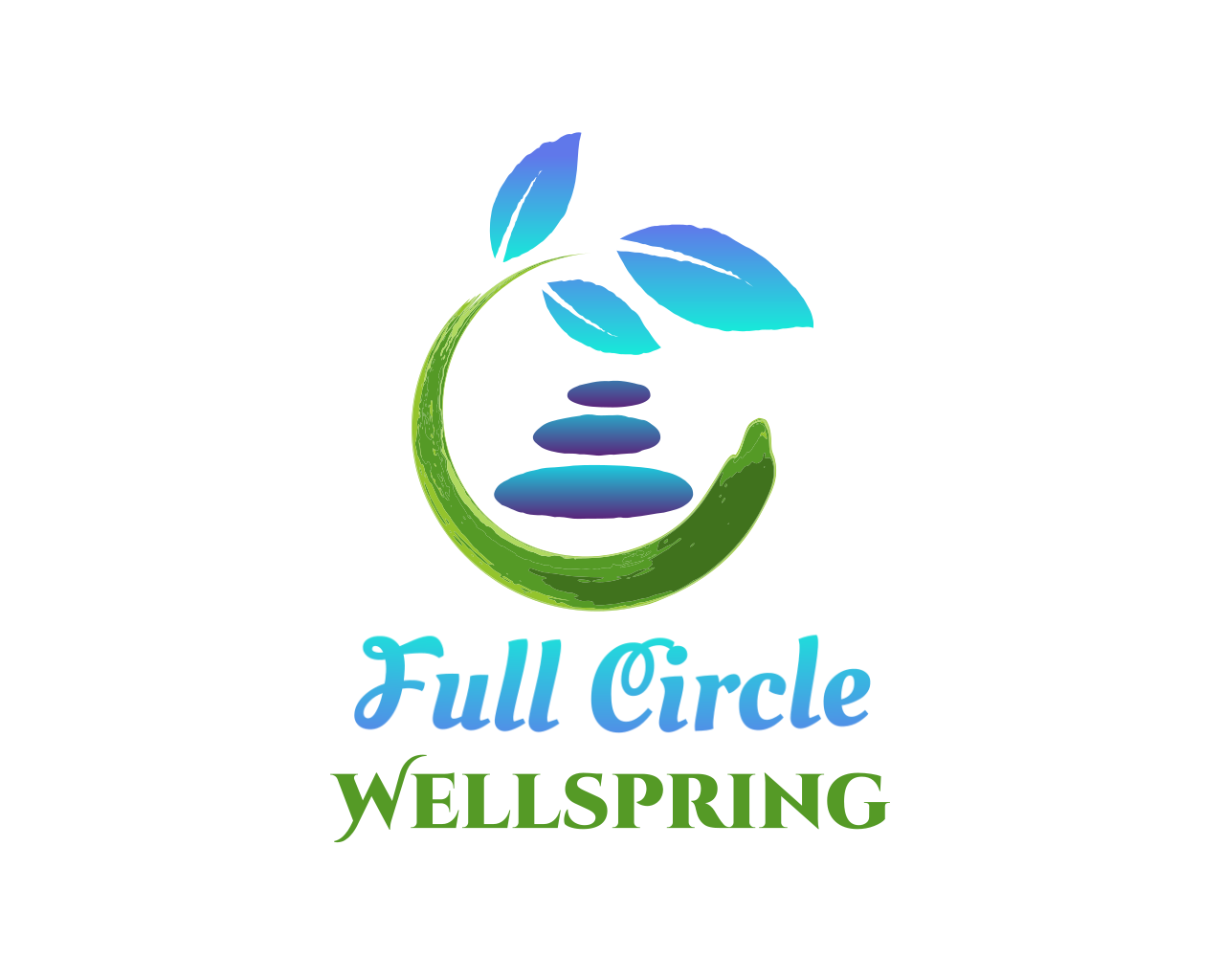Full Circle Fridays|Week 8: Humming
*Author Note* If you prefer to listen or watch instead of or along with -
Check out the YouTube video and/or the Podcast audio.
Yes, I said we are going to talk about humming today. If you didn’t know that you have this powerful resource at your disposal, well, then I’m glad you’re here with me today.
If you listen to any of the Mindful Monday episodes, you know I’m often guiding you to breathe deeply with an elongated exhale. I also do this with some clients during sessions if they are activated; we pause and take three breaths with the diaphragm engaged on a 4-count inhale followed by a slow 8-count exhale. This is the power of even quick breathwork practices. Why the elongated exhale? This is proven to help regulate your nervous system and signal relaxation. When you are stressed or triggered, breathing and heart rate will speed up as your sympathetic nervous system activates to get your body ready for danger. The elongated exhale kicks in your parasympathetic nervous system, which will tell your body that the threat is over, and relaxation is now a safe choice.
All this is possible thanks to the vagus nerve. The vagus nerve is part of your autonomic nervous system, which is responsible for your reflex actions, heart rate, breathing, digestion, and more. It’s the longest cranial nerve spanning your brain to your colon, all throughout your chest and stomach where your visceral organs are kept. The vagus nerve works within the parasympathetic nervous system to calm the sympathetic system’s responses. When the vagus nerve is activated, we call this type of stimulation VNS. The long exhale and diaphragmatic breathing are one way to do VNS. So apparently, what happens in the vagus nerve doesn’t stay in the vagus nerve because the science is out that VNS is key in helping calm anxiety, relax your system when in a triggered state, and even helps with people with epilepsy. (If that last thing is interesting to you, check out info on “vasovagal nerve fainting and seizures”!) In fact, I could go into so much more detail, but let’s face it. The science is all over the interweb written or recorded by people much more scientifically smarter than I am. For that, I encourage you to take a deep dive into this if the nervous system is interesting to you. While you are looking, there are even great yoga type VNS exercises and all kinds of great advice to help your body try to regulate itself!
What does this have to do with humming? Well, for all the reasons I shared above with the diaphragmatic breathing. This amazing vagus nerve is connected to your vocal cords and all the muscles down the back of your throat. Guess what? When you hum, ohm, chant, or even gargle — you are stimulating the vagus nerve. Using VNS is a powerful back pocket, use-anywhere-you-are, cost-free, readily available resource.
I like to hum when I’m shopping in the stores because I tend to have anxiety out in large spaces with lots of people around. I hum when I’m doing something super repetitive that causes a frustration in my spirit. I also do a breathwork for relaxation using humming. You can just hum a little tune, but you can also purposefully breathe and hum. All you do is replace the exhale with a hum. Using the breath that you inhaled, you’ll hum out the air instead of just blowing it out in a classic exhale. In breathwork practice, humming usually looks like a similar 4-count in and 8-count hum, because a prolonged nature of the calming thing (exhaling, humming, chanting, saying ‘ohm’) is always best for the quickest results.
I’ve run across many people during my training in and time as a trauma recovery coach, and I’ve learned there are a good amount of people who really do not like meditation and breathwork. For them, they find it triggering to their trauma, and playing around with their breath makes them more nervous and tense. From anyone I’ve heard that really has a dislike for either, they love to hum! They believe (and I know they are right) they can get the same vagus nerve stimulation from humming as with breathwork.
So, I offer this today to you — to add to your toolbox of trauma recovery journey resources. Give it a try! Send me a message if you do and let me know what you think. Just select the “Connect” tab from the website link below. I’d love to hear if it works well for you.

